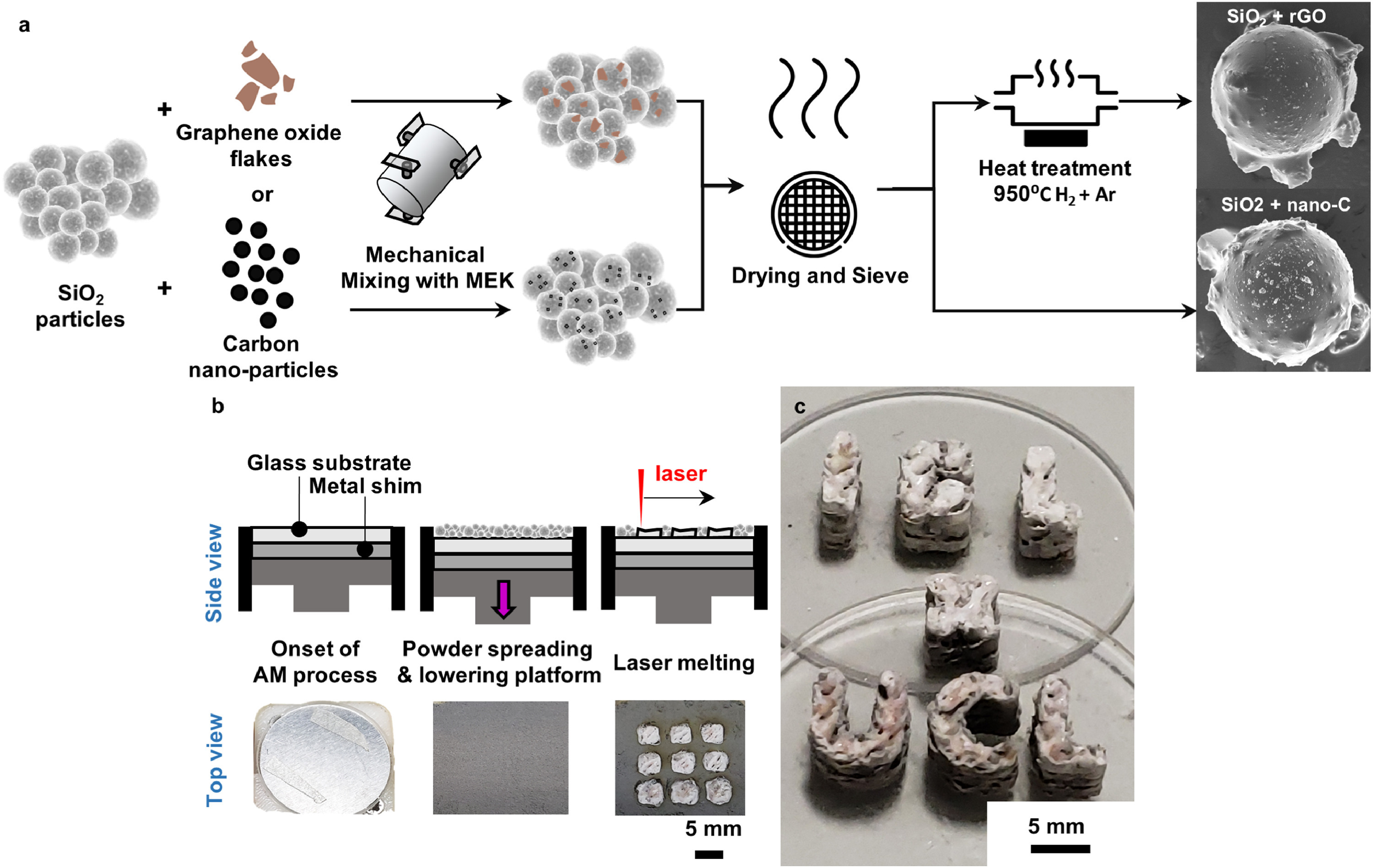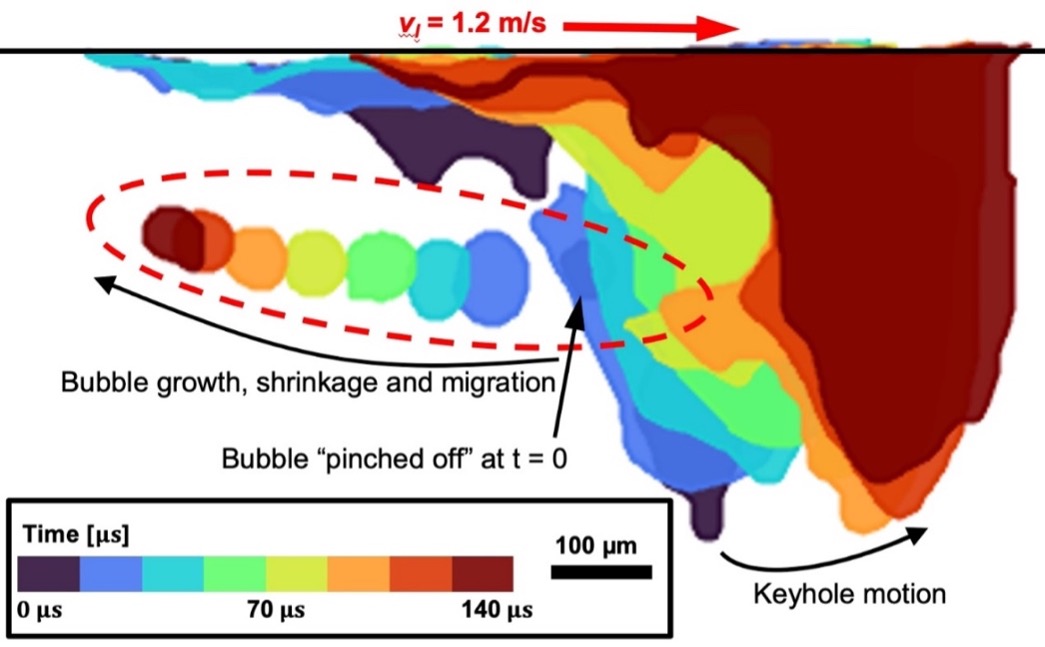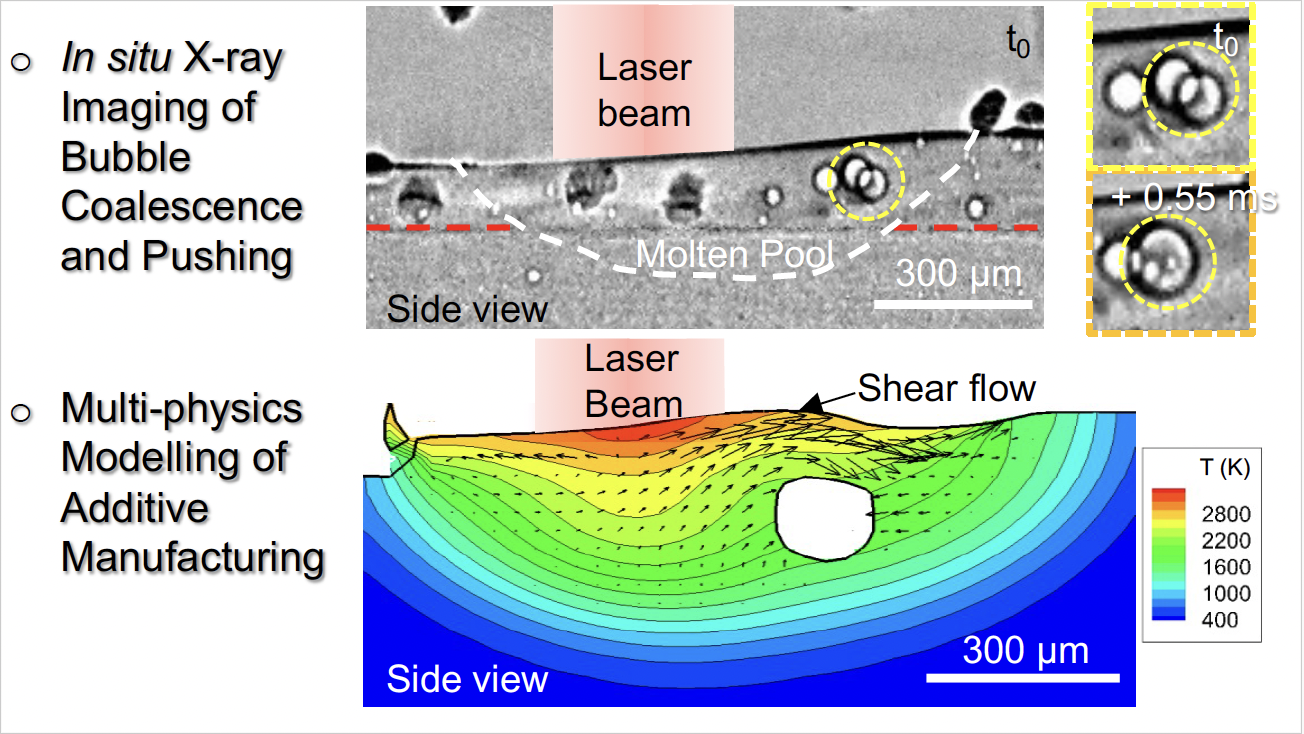All Publications /
Publications:
Paper - Enhanced near-infrared absorption for laser powder bed fusion using reduced graphene oxide
06 / 01 / 22
Paper: Enhanced near-infrared absorption for laser powder bed fusion using reduced graphene oxide.
Authors: Leung, C.L.A., Elizarova, I., Isaacs, M., Marathe, S., Saiz, E., Lee, P.D.
Publication: Applied Materials Today.
Laser powder bed fusion (LPBF) is an additive manufacturing (AM) process that uses a laser to create 3D objects from built-up layers of powder.
It allows unparalleled complexity and the fabrication of parts in a single step but there are limited choices of commercial powders for LPBF.
The laser absorbance, an area that is not well investigated, is one of the factors limiting powder choice.
Carbon additives are commonly used to promote near infra-red (NIR) absorbance of the powders but their efficiency is limited.
The paper authors combined the use of a custom-built In-Situ and Operando Process Replicator machine while performing synchrotron X-ray imaging with chemical characterisation techniques to explain the role of additives on NIR absorption, melt track and defect evolution mechanisms during LPBF.
The paper details the first successful demonstration of reduced graphene oxide (rGO) as a NIR absorber for AM powder feedstock and the first in-situ quantification of AM fused silica, revealing laser-matter interaction and powder consolidation mechanisms.
The authors used an rGO additive to enable LPBF of low NIR absorbance powder, SiO 2, resulting in glass tracks with overhang features without pre or post heat treatment.
Their approach will dramatically widen the palette of materials available and enable existing LPBF machines to process low absorbance powder, such as SiO 2, using a NIR beam.
Click here to view the paper.
The image below shows Laser Powder Bed Fusion (LPBF) of fused silica, SiO2, powder mixtures using a near-infrared laser beam: “a) Schematic of the powder production process where powder mixtures undergo mechanical mixing, drying, and sieving, resulting in SiO2 + nano carbon or SiO2 + reduced graphene oxide (after heat treatment) - insets show the typical powder morphology; b) glass mixtures are then processed by an In-Situ and Operando Process Replicator (ISOPR) to produce large-scale sample coupons and c) glass structures of Imperial College London crossover with University College London (ICL x UCL).” Reprinted from Applied Materials Today, 23, Leung, C.L.A., et al., Enhanced near-infrared absorption for laser powder bed fusion using reduced graphene oxide. Copyright (2021), with permission from Elsevier.

More:
Publications
-

-
X1 Case Study B (UCL)
Impact of powder oxidation during additive manufacturing
Investigators: Prof Peter Lee
Researchers: Prof Chu...

